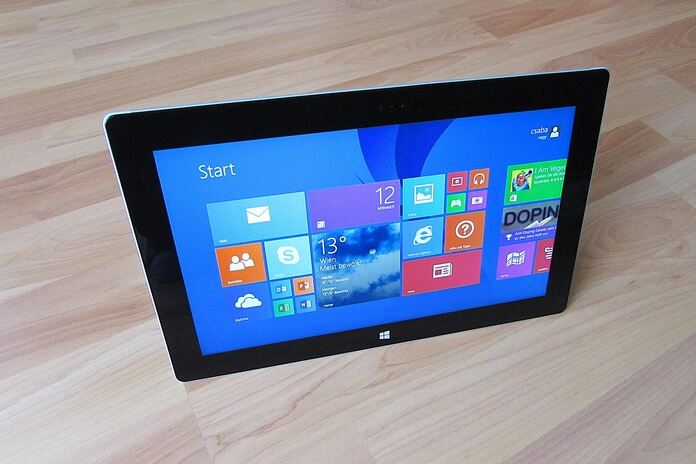On Tuesday, Microsoft (NASDAQ:MSFT) announced a remarkable 20% increase in quarterly profits, solidifying its position in the race against competitors like Google (NASDAQ:GOOGL), Amazon (NASDAQ:AMZN), and Meta (formerly Facebook) (NASDAQ:META) in the market for cutting-edge artificial intelligence technology. Microsoft has gained 46.5% year-to-date.
The software giant reported a fiscal fourth-quarter profit of $20.1 billion, translating to $2.69 per share, surpassing analysts expectations of $2.55 per share. Additionally, the company posted revenue of $56.2 billion for the April-June period, representing an 8% growth from the previous year. This figure exceeded the estimates of $55.49 billion forecast by analysts polled by FactSet Research.
Satya Nadella, Microsoft’s CEO, expressed the company’s continued focus on “leading the new AI platform shift.” While Microsoft has been actively incorporating AI features into its existing products, such as cloud computing services, workplace software, and the Bing search engine, the direct impact of these integrations on its financial results remains less evident.
Microsoft made significant strides in the “generative AI” domain this year, offering tools that facilitate document writing, the creation of new media, and more. Leveraging its substantial investments in OpenAI, the creator of ChatGPT, the company introduced a Bing chatbot and other tailor-made tools for its business clientele. Recently, it unveiled AI “Copilot,” an intelligent feature that integrates with familiar software like Word, Excel, and email, for which business accounts will be charged $30 per user.
Nadella emphasized the growing demand from organizations to apply next-generation AI responsibly and effectively to address various opportunities and challenges.
Despite surpassing Wall Street analysts’ expectations for both profit and revenue, Microsoft stock experienced a slight dip in after-hours trading following the release of its financial report.
Investors have been keeping a close eye on Microsoft’s early revenue from AI investments, the performance of the Azure cloud computing platform, and the potential acquisition of video game company Activision Blizzard. The acquisition could potentially boost gaming revenue and attract more users to the Xbox game system and other Microsoft platforms. However, the deal has faced regulatory scrutiny in the UK, with Microsoft currently working on resolving antitrust concerns.
During the quarter, Microsoft’s cloud business segment recorded the highest sales, witnessing a 15% growth to $24 billion compared to the previous year. This growth was primarily driven by the flagship Azure platform and other cloud services, which experienced a notable 26% increase.
While Microsoft does not disclose the total revenue of its Azure business, an inadvertently disclosed document from its recent court dispute with the FTC revealed last year’s revenue as $34 billion. Nevertheless, Microsoft has refrained from officially confirming this figure. Azure has been recognized as a strong contender in the cloud services market, trailing behind the dominant Amazon Web Services.
The second-largest segment of Microsoft’s business, which revolves around productivity software, including the Office suite, saw a growth of 10%, reaching $18.3 billion in sales for the April-June quarter.
Despite AI’s growing significance, Microsoft remains heavily dependent on its personal computing business, primarily supported by licensing fees from Windows software manufacturers. During the quarter, the personal computing segment generated $13.9 billion, a 4% decline from the same period the previous year. The drop was mainly attributed to Windows revenue.
According to market research group Gartner, global shipments of PCs from various manufacturers in the April-June quarter experienced a 16.6% decline year-over-year, marking the seventh consecutive quarter of such decline. However, Gartner predicts a potential stabilization in the market with a possible growth resurgence in 2024.
Since most of its revenue comes from sales to business clients, Microsoft has been relatively less affected by economic challenges faced by consumer-focused sectors or advertising-dependent tech rivals like Google and Meta. Nevertheless, Microsoft has undergone recent workforce reductions, including hundreds of job cuts around its Redmond, Washington headquarters, in addition to the 10,000 employees (almost 5% of its workforce) laid off earlier in the year.
Featured Image: Pixabay @ PIX1861















